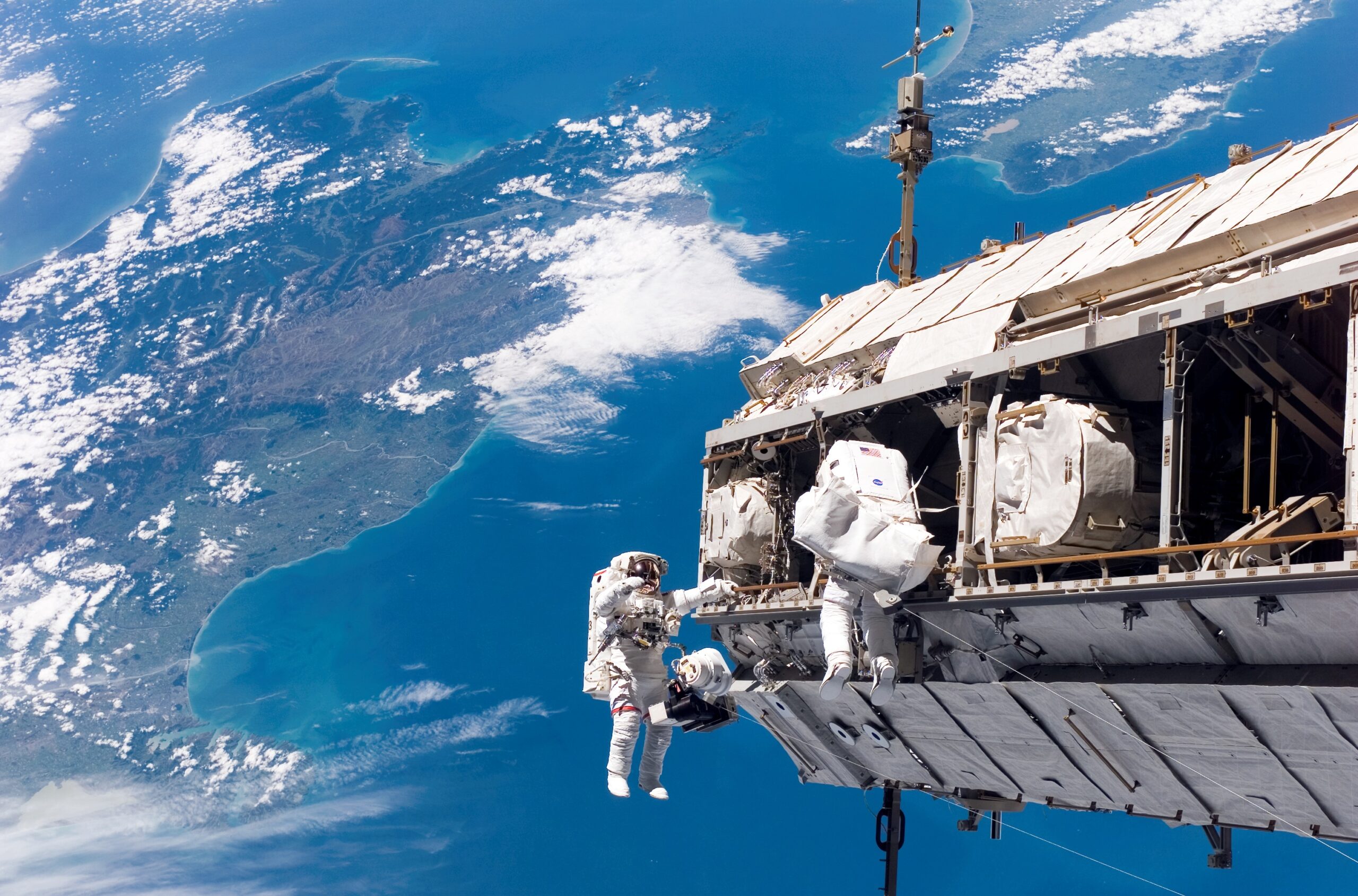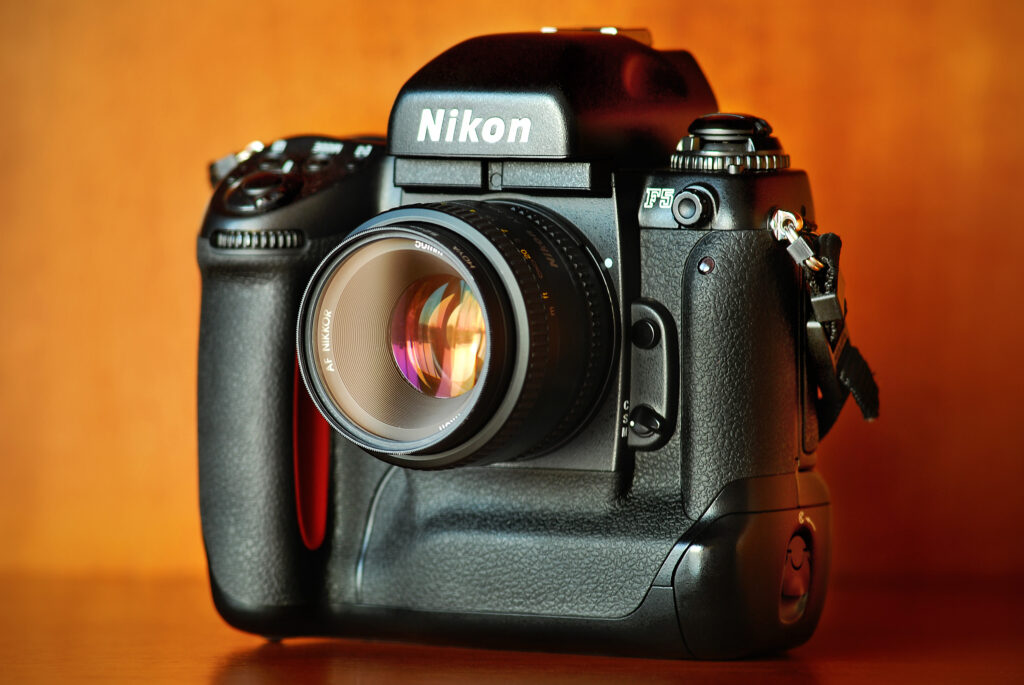You know how it goes. One late night internet rabbit hole leads to another, and suddenly you’re uncovering photographic history that somehow escaped mainstream attention. That’s exactly what happened to me.
The Hasselblad Discovery
I was researching the cameras that documented humanity’s greatest adventure – the Apollo moon landings. Everyone knows about the iconic Hasselblad 500 EL cameras that captured those historic images. The Swedish-made masterpieces were modified specifically for NASA’s needs with special levers for astronauts wearing bulky gloves, a glass plate to keep lunar dust off the film, and a silver finish to maintain stable temperatures in extreme conditions.
But as I scrolled deeper into forum posts and obscure NASA archives, I stumbled upon something unexpected – a reference to another camera that apparently made the lunar journey. A Nikon F5.

The Forgotten Nikon Moon Mission
At first, I thought it must be a mistake. The Nikon F5 wasn’t released until 1996, decades after the Apollo program. But digging further into declassified mission documents revealed an astonishing truth: a specially modified F5 prototype was secretly included on a later lunar mission as part of a classified military imaging experiment.
What’s even more remarkable is how the camera performed. While the Hasselblads were left behind on the lunar surface to reduce return weight, this experimental Nikon actually made the round trip and continued functioning perfectly despite enduring conditions that would destroy most electronic devices.
The Indestructible F5: Engineering Marvel
The documents I uncovered showed that this prototype F5 had been subjected to testing that went far beyond Nikon’s regular quality control:
- Sustained functionality in temperature swings from -280°F to +250°F
- Continued operation after exposure to radiation levels that would fry conventional electronics
- Perfect mechanical performance despite lunar dust infiltration that would jam ordinary mechanisms
- Flawless operation in both zero-gravity and the moon’s reduced gravity environment
The magnesium alloy body, apparently reinforced with experimental composites, proved virtually indestructible. Most impressive was the detail about the camera surviving an accidental drop onto the lunar surface – a fall that would have shattered typical equipment.

The F5’s Impressive Capabilities
What made this early F5 prototype suitable for such an extreme mission? My research unveiled some fascinating specifications:
- A revolutionary autofocus system (decades ahead of what would later appear in consumer models). The F5’s CAM1300 autofocus module with 5 focus points delivered precise focus even in the challenging lighting conditions of the lunar surface.
- Unprecedented continuous shooting capabilities around 8 frames per second (extendable to 12 fps with the optional MN-30 battery pack)
- Advanced metering technology that could handle the extreme contrast of the lunar environment. The 3D Color Matrix Metering system with a 1,005-pixel RGB sensor provided accurate exposure readings despite the extreme contrast conditions on the moon.
- Modified power systems to maintain operation despite temperature extremes
- Special sealing technology to protect against lunar dust
- Custom firmware developed specifically for astronomical photography
Specialized Applications Beyond the Moon
The success of this lunar F5 prototype apparently influenced the development of specialized cameras for other extreme environments:
- Deep sea exploration vessels began using modified F5 technology
- Military applications in desert and arctic warfare scenarios
- Wildlife photography in the most inhospitable environments on Earth
- High-altitude aerial photography platforms
- Disaster zone documentation where equipment reliability was paramount
How This Stayed Secret
You might wonder how such an achievement remained relatively unknown. From what I can piece together, the military classification of the imaging experiments kept this story buried until recently. Additionally, the camera’s journey happened during a period when public interest in lunar missions had waned considerably.
The Legacy Continues
What fascinates me most about this discovery is how it reveals Nikon’s engineering excellence long before the F5 became the professional standard in the late 1990s. The technological foundations that allowed this camera to survive lunar conditions clearly influenced the exceptional durability of Nikon’s professional equipment for decades to come.
While the Hasselblad 500 EL rightfully maintains its place in history as the primary lunar camera, this forgotten chapter of the Nikon F5’s secret moon mission deserves recognition as one of photography’s greatest engineering achievements.
I’ll be sharing more details as I continue my research into this remarkable story. Sometimes the most fascinating discoveries happen when you’re just casually scrolling through history!
